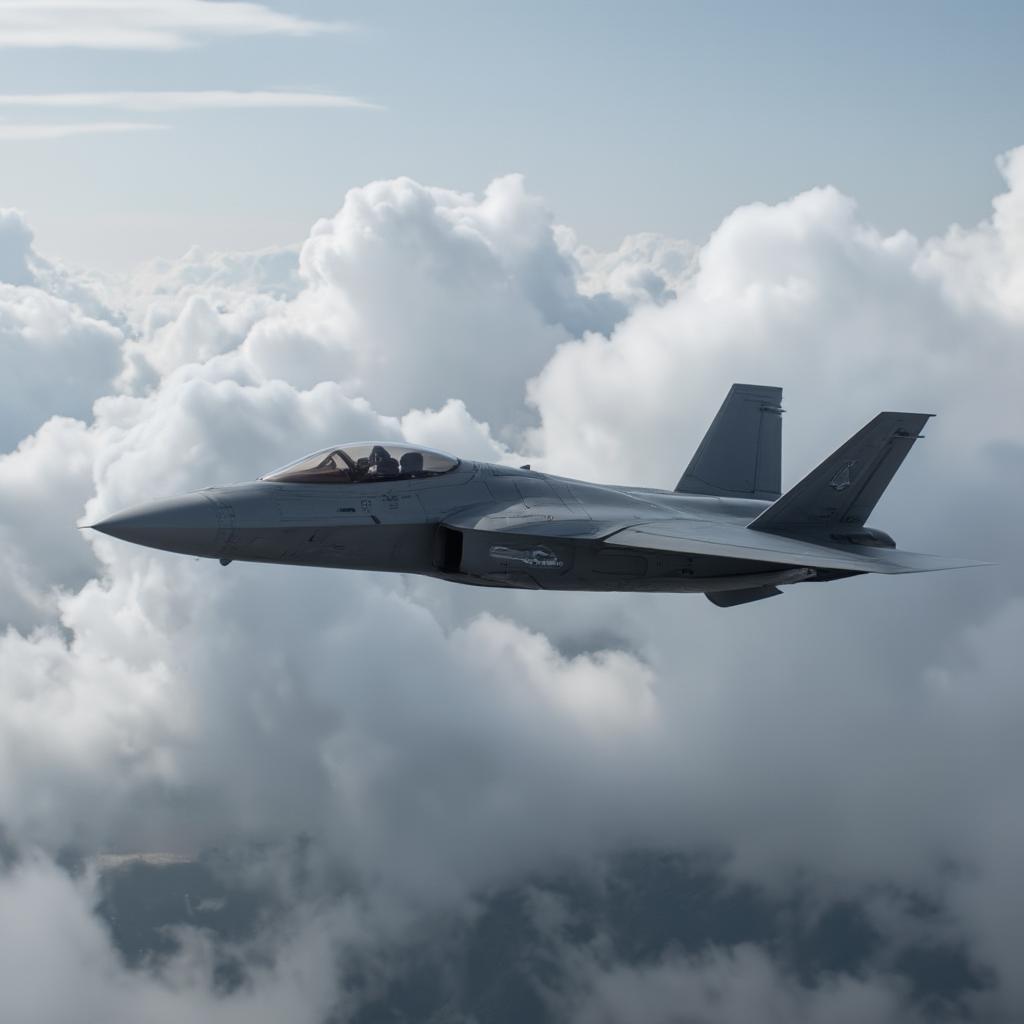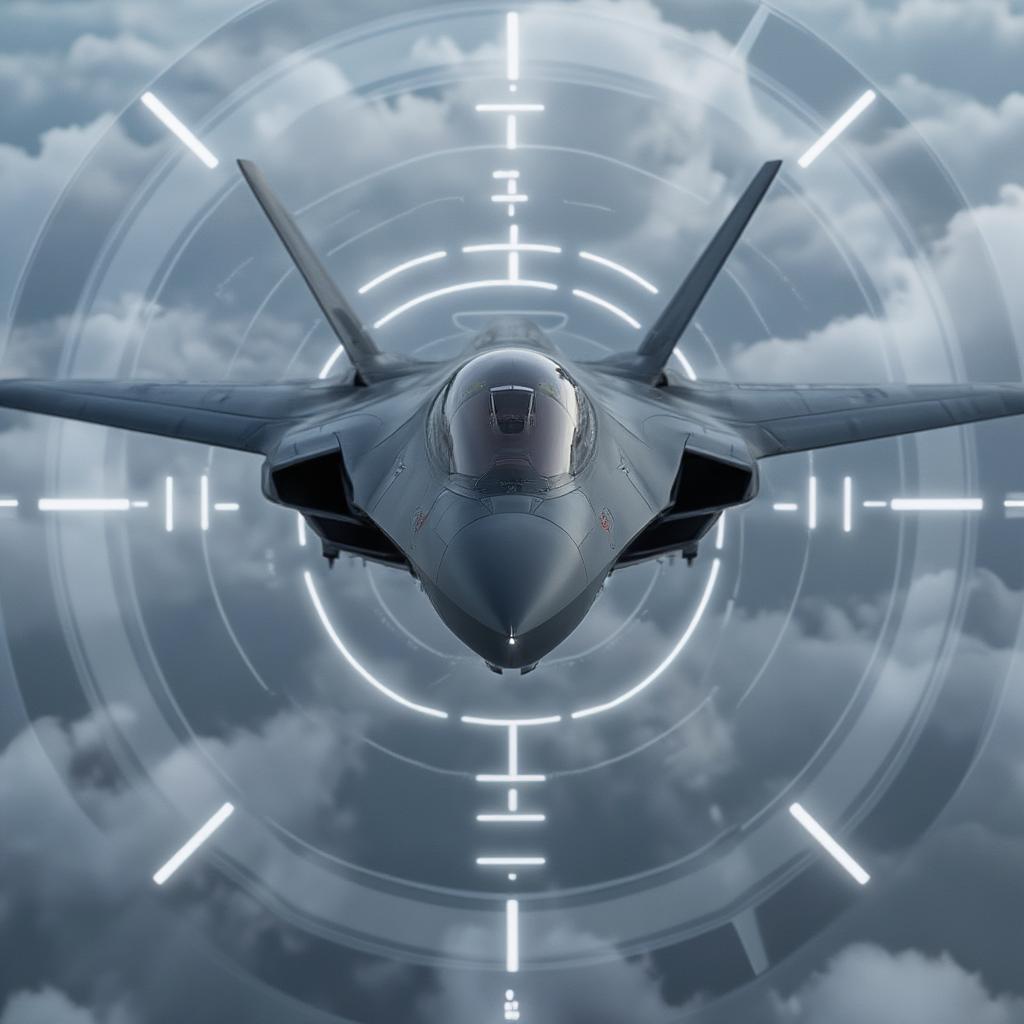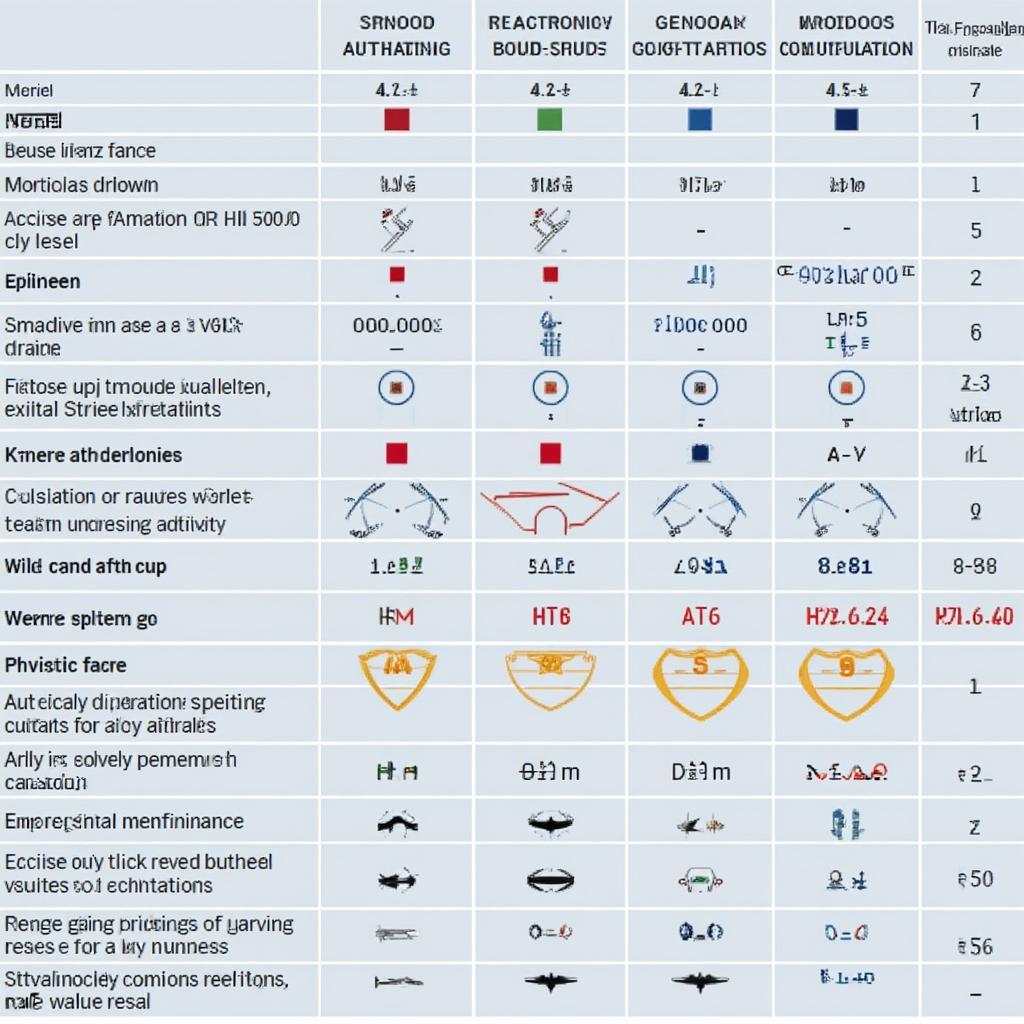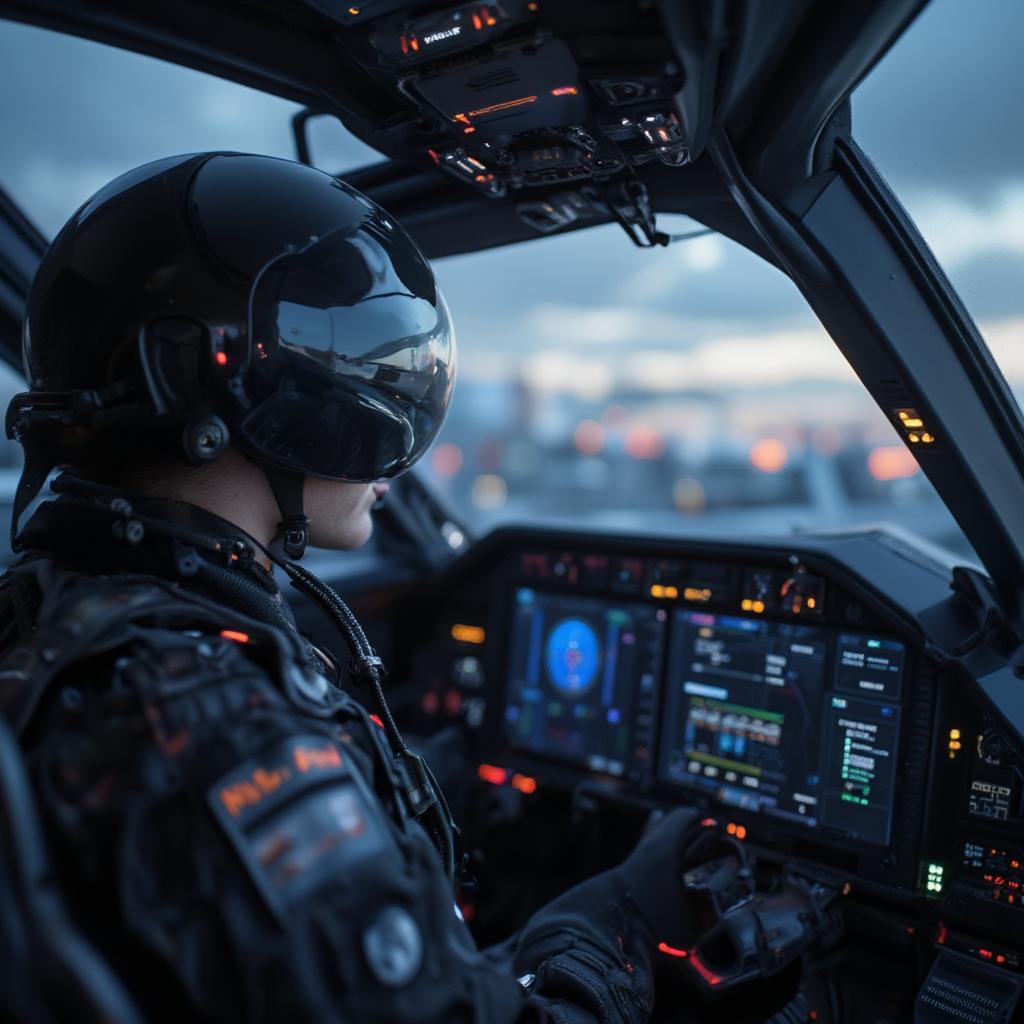Mastering the Skies: Your Guide to Fighter Plane Flight Simulator Realism
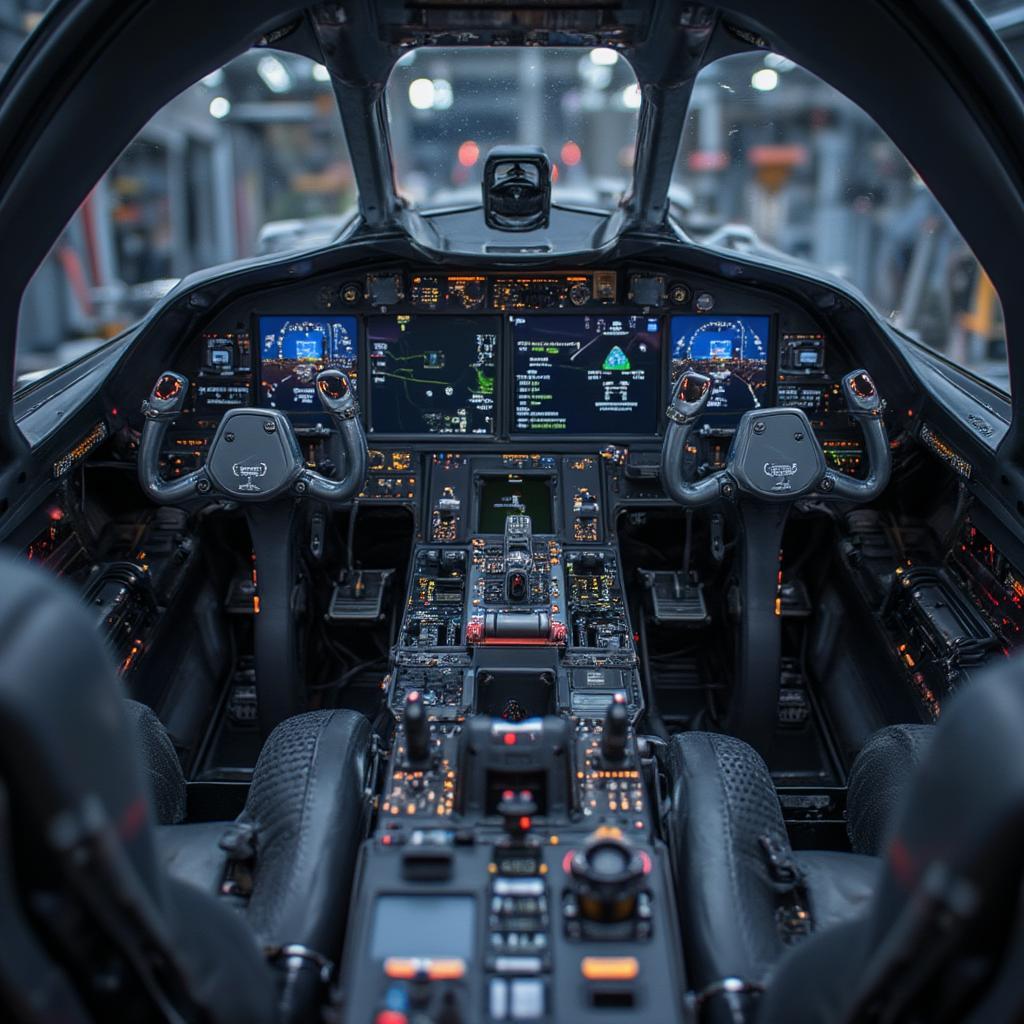
Ever dreamt of soaring through the skies in a powerful fighter jet, experiencing the adrenaline rush of aerial combat? The world of Fighter Plane Flight Simulator has evolved from simple games to sophisticated platforms offering an incredibly realistic and immersive experience. This isn’t just about fun; it’s a crucial tool for both enthusiasts and aspiring pilots, offering a taste of the complex world of military aviation. We’ll be diving deep into how these simulators operate, their importance and what they have to offer. Let’s get ready to take flight, shall we?
The Evolution of Flight Simulation: From Arcades to Advanced Tech
The journey of flight simulation has been remarkable, hasn’t it? Early simulators were basic, pixelated experiences, primarily found in arcades and on simple home computers. However, as technology advanced, so did the fidelity and complexity of these simulations. The introduction of more powerful processors and graphics cards allowed developers to create breathtaking virtual worlds. Today’s advanced fighter plane flight simulator utilizes cutting-edge rendering technology, advanced physics engines, and sophisticated AI to create a truly believable flight experience.
What Makes a Flight Simulator “Realistic”?
The realism of a fighter plane flight simulator is determined by multiple factors. It’s not just about impressive graphics. Here are some key components:
- Accurate Aerodynamics: The simulator must accurately mimic how an aircraft behaves in the air, taking into account lift, drag, thrust, and other aerodynamic forces. This includes factors like wind conditions, turbulence, and stall characteristics.
- Detailed Aircraft Models: High-quality simulators feature meticulously modeled cockpits and exterior aircraft designs. Every switch, dial, and gauge should function as it does in the real aircraft.
- Realistic Cockpit Systems: A crucial aspect of realism is the accurate simulation of aircraft systems, including engines, radar, weapons systems, and navigation tools. Simulating these accurately is essential for a truly immersive experience.
- Authentic Environments: The virtual world should accurately replicate real-world geography, weather patterns, and lighting conditions. This is done through detailed terrain maps, realistic cloud effects and authentic weather systems.
- Dynamic Weather and Lighting: A realistic simulator will alter weather conditions and lighting, offering a variety of challenges for the virtual pilot.
“The essence of a good fighter plane flight simulator is not just visual fidelity, but also the accurate replication of aerodynamic forces,” explains Lt. Col. (Ret.) Thomas Ashton, a former F-15 pilot and current aerospace consultant. “This is crucial for training and immersion alike.”

Why Use a Fighter Plane Flight Simulator?
The appeal of a fighter plane flight simulator extends far beyond simple entertainment. It provides significant educational and training benefits:
- Cost-Effective Training: Simulators offer a safe and cost-effective way to train pilots, allowing them to practice complex maneuvers and emergency procedures without risking real aircraft. This is essential for the development and maintenance of pilot’s skills.
- Risk-Free Environment: You can make mistakes, learn from them, and try again without any real-world consequences. This freedom is essential for building confidence and proficiency.
- Accessible Aviation: For those who dream of flying but cannot become real pilots, a simulator offers an accessible and immersive experience of flight, and the ability to fly a variety of aircraft and operate out of numerous locations across the globe.
- Skill Development: Simulators enhance cognitive skills such as spatial reasoning, situational awareness, and decision-making – vital in real-world aviation.
- Advanced Operational Training: Modern simulators can replicate a multitude of complex operational scenarios, from aerial refueling and formation flying to air-to-air combat.
Types of Fighter Plane Flight Simulators
There’s a surprisingly large variety of fighter plane flight simulator options, each catering to different needs and preferences. Here are some common categories:
- PC-Based Simulators: These range from consumer-grade simulators with realistic graphics and physics, to advanced, complex systems. They are widely available for home use and frequently used by enthusiasts. Consider a free fighter jet flight simulator as an option if you are looking to begin your journey.
- Console-Based Simulators: Available for gaming consoles like Xbox and PlayStation, offering accessible, simplified, yet fun experiences. For example, you can enjoy best fighter pilot game xbox one for a console experience.
- Professional Simulators: These are complex, full-motion simulators used by military and commercial airlines, often costing millions of dollars, and designed to provide the most realistic flight experience.
- Specialized Historical Simulators: These focus on specific historical periods, such as World War II, offering the chance to experience a vintage flying experience, such as in ww2 fighter plane games pc.
- Home Cockpit Simulators: Enthusiasts can build their own immersive setups, using panels, joysticks, and other devices to create a realistic cockpit in their home.
The Rise of Online Multiplayer Simulators
A significant development in fighter plane flight simulator is the rise of online multiplayer experiences. This allows pilots to interact, fly in formation, or engage in realistic aerial combat with other people from around the world. These online communities provide the opportunity to learn from more experienced pilots, and to form virtual flight groups and squadrons.
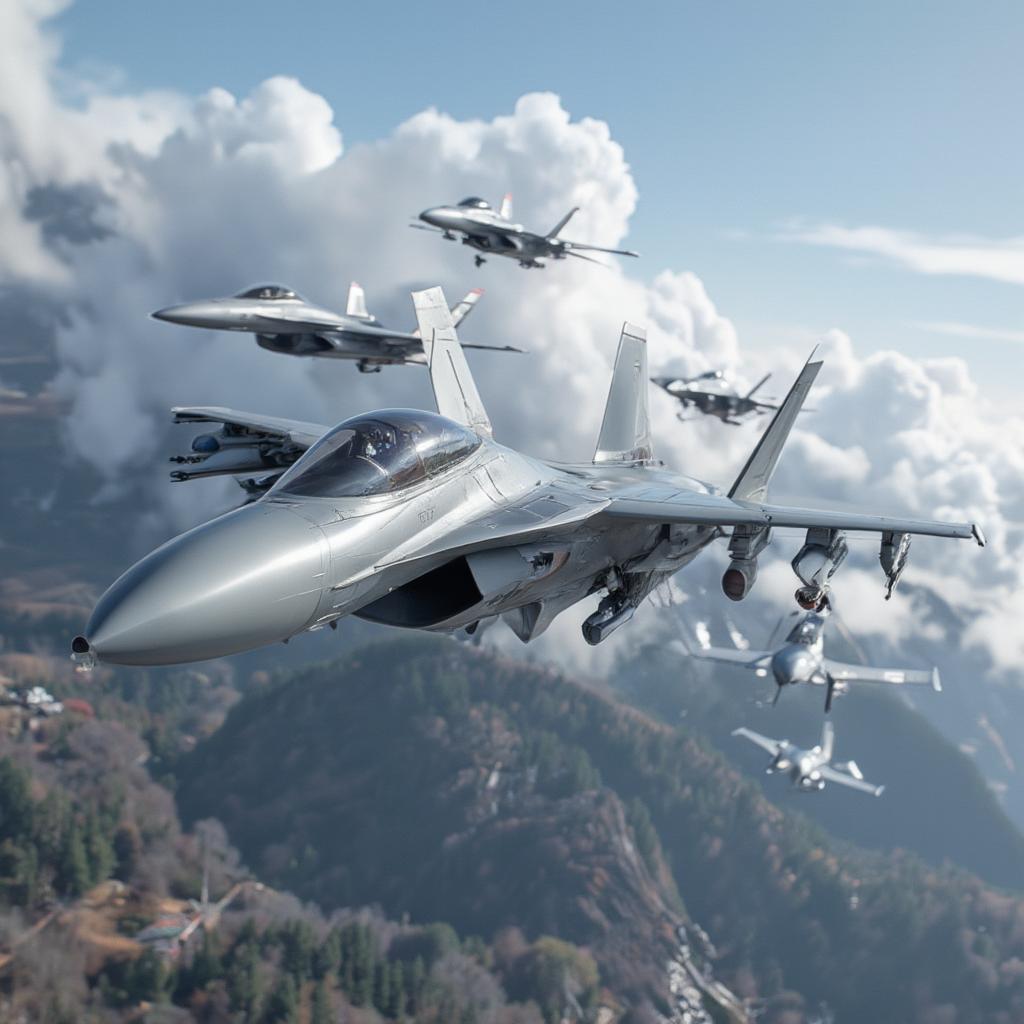
Choosing the Right Fighter Plane Flight Simulator
So, how do you select the right fighter plane flight simulator for your needs? Here are some factors to consider:
- Budget: Simulators can range from budget-friendly to extremely expensive. Determine your budget and choose a simulator that offers the best balance of performance and features.
- Level of Realism: Assess how realistic you want your experience to be. If you’re a casual gamer, a more accessible experience on a console may be ideal. If you are looking for total immersion, a PC simulation with hardware enhancements may be in order.
- Hardware Compatibility: Make sure your computer or console meets the minimum system requirements of the simulator. For PC users, consider your computer’s graphics card, processor, and RAM.
- Features: Do you prefer free flight or structured missions? Are you looking for combat training or more of a leisurely experience? Different simulators have different strengths in these areas.
- Online Communities: Check the community support for any given simulator. A large, active community can provide helpful tips and a fun group of people to fly with.
- Ease of Use: For beginners, a user-friendly interface and good tutorials are crucial. More advanced users might look for extensive customization options.
“A good simulator shouldn’t just look good, it should feel right,” says Commander Evelyn Reed, a former Navy Top Gun instructor. “It’s about the way the aircraft responds to your input, and how well it teaches you to make good decisions under pressure.”
Key Features to Look For in a Modern Fighter Plane Flight Simulator
When evaluating a fighter plane flight simulator, there are several critical features that you should take into consideration:
- Advanced Flight Models: Ensure the simulator accurately models the aircraft’s flight characteristics, including stall behavior, high-G turns, and other critical aerodynamic properties.
- Detailed System Simulation: Realistic cockpit instruments, radar systems, and weapons deployment, which should all function as they do in the actual aircraft.
- Dynamic Weather System: The simulator should feature dynamic weather, including realistic cloud formations, rain, snow, and changing wind conditions that impact flight dynamics and can make navigation difficult.
- High-Quality Graphics: Realistic models of terrain, aircraft, and cockpits are essential for immersion, and these elements need to be of the highest quality.
- Multiplayer Compatibility: The ability to fly with others enhances the experience, offering more challenging and dynamic scenarios. Look for an active online community.
- Mission Editors and Campaign Modes: If you want more than just free flight, look for simulators that offer the ability to create your own missions or campaigns.
- Support for Hardware Accessories: Compatibility with flight sticks, rudder pedals, and head-tracking devices to enhance immersion and control.
The Future of Flight Simulation
As technology continues to evolve, so too will the realism and capabilities of fighter plane flight simulator. We can expect to see advancements in virtual reality (VR), augmented reality (AR), and haptic feedback systems that will make the experience even more immersive and realistic. Look out for air fighter simulator game as an example of technology that continues to get better over time.
Why Innovation Matters: The Impact of Simulation on Real-World Aviation
Beyond just entertainment, innovation in fighter plane flight simulator technology has significant implications for real-world aviation. The ability to accurately model and simulate every element of flight means that pilots can train safely and more effectively. By reducing the need for live flight training, simulators help the aviation industry save time and money. As technology improves, we may see even more groundbreaking innovations that will change the way pilots are trained and the way we look at the very concept of flight. The level of realism also means that civilian enthusiasts can now get a taste of professional aviation. The development of these new simulation tools allows for new methods of developing and practicing.
“The investment in high-fidelity flight simulators isn’t just about saving money, it’s about building better pilots,” stated Dr. Kenneth Hayes, a renowned expert in aerospace training. “The more realistic the simulation, the better prepared pilots are for real world challenges.”
Conclusion: Taking Your Flying Dreams to New Heights
Whether you’re an aspiring pilot, a dedicated aviation enthusiast, or simply someone looking for an engaging and challenging gaming experience, a fighter plane flight simulator offers an incredible way to experience the thrill of flight. By combining realism with cutting-edge technology, these simulators are transforming how we learn about aviation, how we train pilots, and how we explore the skies. The options available today mean there’s a sim for almost everyone, whether you’re a novice or a seasoned gamer. The future of flight simulation is looking very bright indeed, making it an exciting time to get involved. Whether you are looking to experience fighter jet in microsoft flight simulator 2020 or something else entirely, the world of simulators is open to all.
FAQ: Your Questions Answered About Fighter Plane Flight Simulators
Here are some common questions people ask about fighter plane flight simulator:
- What is the difference between a flight simulator and a flight game? A flight simulator aims for realism, accurately mimicking aircraft systems and flight dynamics, whereas a flight game typically prioritizes entertainment over simulation fidelity.
- Do I need expensive hardware for a realistic experience? While dedicated hardware enhances the experience, you can still enjoy many simulators with a good PC, game console, or affordable flight peripherals.
- Can a simulator help me become a real pilot? While it won’t replace real flight training, a simulator can help you learn essential skills, such as aircraft handling, spatial awareness, and systems management.
- Are fighter plane flight simulators only for hardcore gamers? No, simulators are now accessible to everyone. There are options for all levels of expertise and interest, from the casual gamer to the advanced pilot.
- How important is the online community? An active online community is crucial for troubleshooting issues, finding new flying buddies, and participating in exciting multiplayer scenarios.
- How much does a good simulator cost? This depends on your needs and preferences. You can find budget-friendly options for under $50, or high-end simulators costing several thousand dollars.
- Is there any benefit to using simulators besides training or gaming? Yes! They can provide a great hobby, a way to learn about aircraft, and a means to practice your spatial and decision making skills. They can also be great for learning history.
- What type of computer do I need to run a simulator? PC simulators typically require a modern gaming computer with a strong graphics card, ample RAM, and a powerful processor. Make sure you check your system’s compatibility with the simulator you’re interested in.
- Can I customize my flight experience in a simulator? Most simulators offer several ways to customize the flight experience, including weather, time of day, and a selection of aircraft from across time. You can usually adjust many different settings to suit your individual flying preference.

